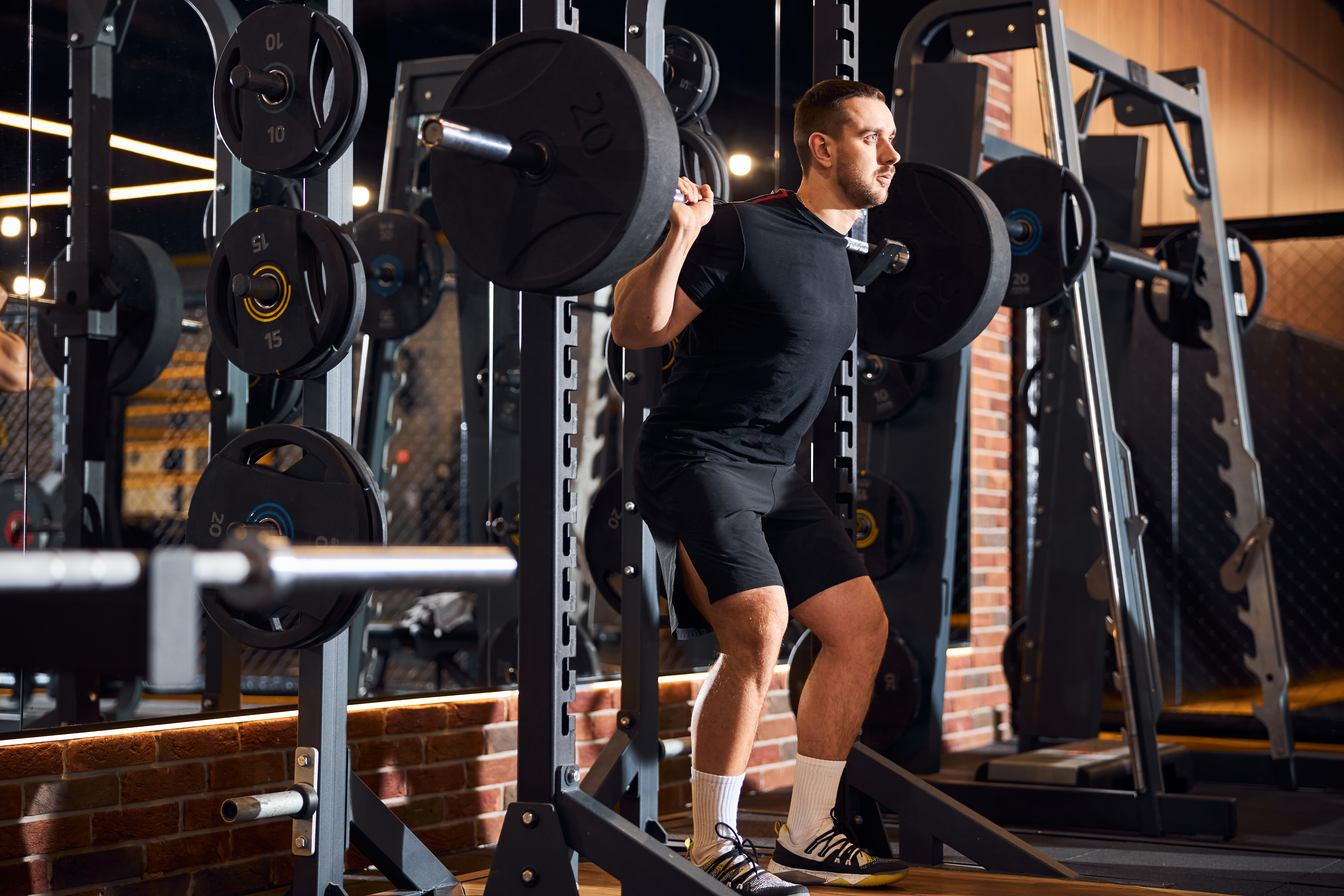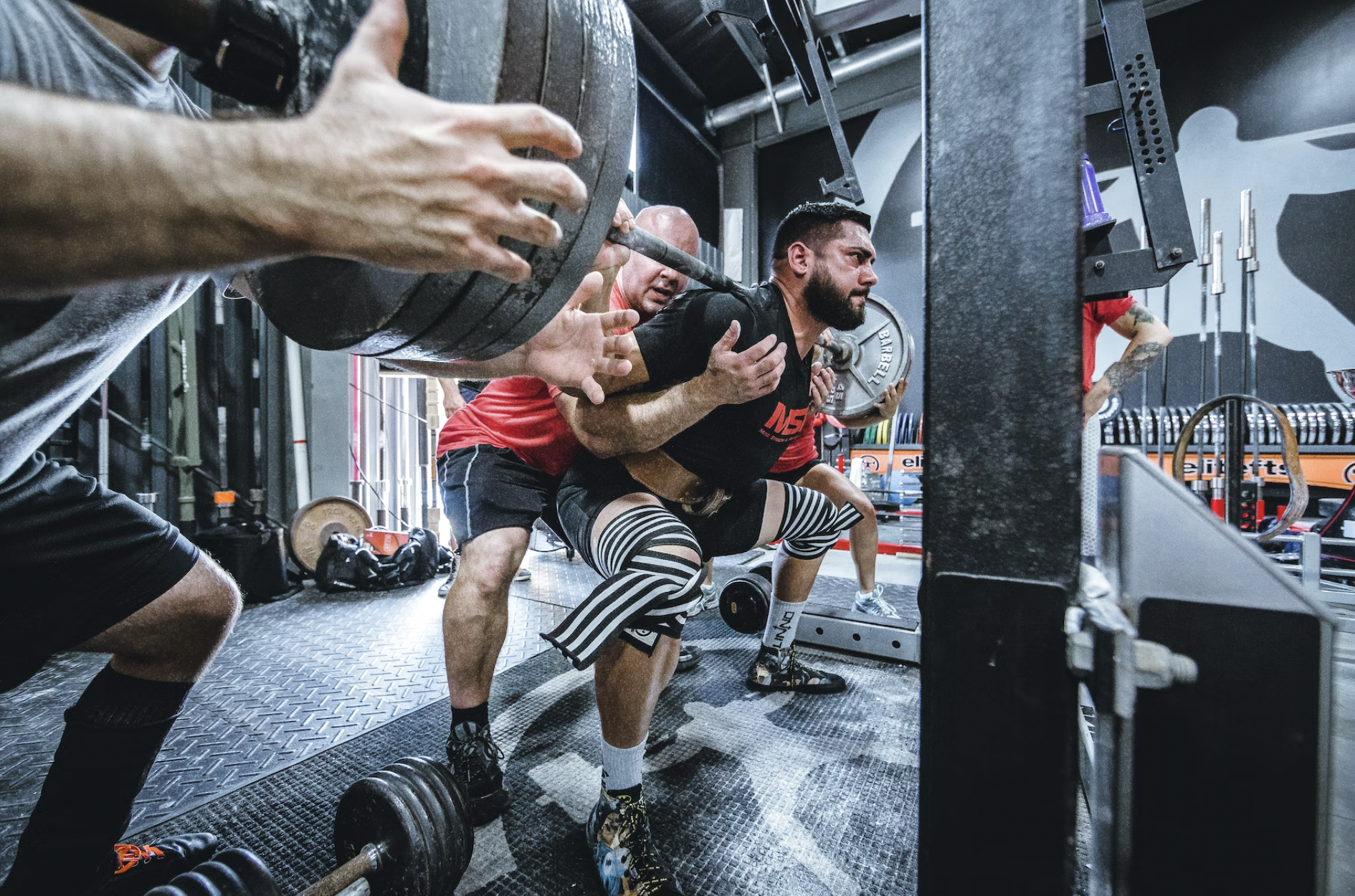Linear Progression vs. Conjugate Method: Quick Start Guide
Written by The Boostcamp Editors
Linear Progression vs Conjugate: Which is the right method of progression for you?
As you embark on your powerlifting journey, you'll come across various training and progression methodologies amongst your workout routines. Two of the most popular program styles for maximum gains are linear progression and the conjugate method. While they may sound like a foreign language to you, these two methods of progression in weight training are crucial to understand.
In this article, the Boostcamp team will break down both methods, compare their pros and cons, and answer ten frequently asked questions to help you choose the best powerlifting program for your goals.
Table of Contents:
Understanding Linear Progression
Understanding the Conjugate Method
Comparing Linear Progression and Conjugate Method
Pros and Cons of Each Method
FAQ of 10 Most Common Questions
What is Linear Progression in Lifting?
Linear progression is a straightforward training approach in which you consistently increase the weight you lift over a given period. The idea is to make small, steady progress, gradually building up your strength and muscle mass.
In a typical linear progression program, you'll choose a few key exercises (like squats, deadlifts, and bench presses) and perform them several times a week. You don't want to perform them to the point where you are overdoing it, because that can lead to a plateau or even injury, but you will be performing them a few times. You'll then incorporate some progressive overload, and add weight to each lift, usually 5 to 10 pounds per week, as your body adapts to the increased demand.
Why choose linear progression? This method is particularly beneficial for beginners, or people who are still newer to their strength training journey, as it allows you to develop a strong foundation and learn proper lifting techniques. As a novice lifter, your body will respond quickly to the increased stimulus, resulting in rapid strength gains.
What is the Conjugate Method?
On the other hand, the conjugate method, popularized by Westside Barbell and Louie Simmons, is a more advanced and versatile training approach. It involves rotating various exercises and training methods to target different strength qualities, such as maximal effort, dynamic effort, and repetition effort.
The conjugate method is divided into two main components:
The maximal effort (ME) day: On ME days, you'll work up to a one-rep max (1RM) or three-rep max (3RM) on a specific lift.
The dynamic effort (DE) day: On DE days, you'll focus on speed and explosiveness by performing submaximal lifts with lighter weights and increased velocity.
The conjugate method encourages variety by regularly changing the exercises, accommodating resistance, and using different rep schemes to prevent plateaus and promote continuous progress.
Comparing Linear Progression and Conjugate Method
The main difference between linear progression and the conjugate method lies in their approach to progression and exercise variety. Linear progression is a more structured, incremental method that focuses on a few key exercises. On the other hand, the conjugate method is a more flexible, rotating system that emphasizes a wide range of exercises and training modalities.
Pros and Cons of Each Method of Progression

Linear Progression Pros:
Simple and easy to follow
Suitable for beginners
Encourages mastery of fundamental lifts
Linear Progression Cons:
Limited exercise variety
Potential for plateaus
May not adequately address individual weaknesses
Conjugate Method Pros:
Greater exercise variety
Addresses multiple strength qualities
Reduces the risk of plateaus
Conjugate Method Cons:
More complex and harder to follow
May not be suitable for beginners
Requires a deeper understanding of programming
FAQ of 10 Most Common Questions
Can I use both methods in my training program?
Yes, you can incorporate elements from both linear progression and conjugate method to create a personalized program that suits your needs and goals.
Which method is better for building muscle mass?
Both methods can be effective for building muscle mass. However, linear progression is generally more focused on increasing strength, while the conjugate method allows for greater exercise variety, which can help promote muscle growth.
How do I know when to switch from linear progression to the conjugate method?
When you consistently hit plateaus or find it difficult to make progress with linear progression, it may be time to consider switching to the conjugate method to continue making gains.
Can I use the conjugate method as a beginner?
While the conjugate method is typically geared towards intermediate and advanced lifters, beginners can still benefit from it by focusing on mastering the fundamental lifts and gradually incorporating more complex training methods.
How do I track my progress with each method?
For linear progression, track the weight you lift for each exercise and the number of reps and sets completed. With the conjugate method, monitor your performance in various exercises and training modalities, including maximal effort, dynamic effort, and repetition effort.
How long should I stick with one method before trying the other?
There's no set time frame, as it depends on your individual progress and goals. However, it's generally recommended to stick with linear progression until you've built a strong foundation and can no longer make steady progress before transitioning to the conjugate method.
How do I know if I'm overtraining with either method?
Signs of overtraining include decreased performance, persistent fatigue, increased injury risk, and sleep disturbances. Ensure you're incorporating adequate rest and recovery into your program to prevent overtraining.
Can I use these methods for sports-specific training?
Yes, both linear progression and conjugate method can be adapted for sports-specific training by selecting exercises and training modalities that best support your sport's demands.
Can I still make gains if I can't train with the ideal frequency?
Yes, you can still make gains with less-than-ideal training frequency, such as a two day program or a three day program. Focus on maintaining consistency and gradually increasing the intensity and volume of your workouts as you progress.
How important is nutrition when following either method?
Proper nutrition is crucial for supporting your training, recovery, and overall progress, regardless of the method you choose. Ensure you consume enough calories, protein, and other essential nutrients to fuel your workouts and promote muscle growth and recovery.
Where to Find Good Workout Programs for Progression
To find the most popular and proven lifting programs, including linear progression and conjugate method programs, check out the free Boostcamp App. You can find tons of science-based workout routines for powerlifting, powerbuilding, and bodybuilding made by renowned evidence-based coaches. Boostcamp also lets you create your own custom routines and log your progress, which is great for tracking linear progression.
To maximize your gains and simplify your fitness journey, consider using Boostcamp, the last lifting app you'll ever need. Boostcamp helps you track your progress, offers customizable training programs, and provides expert guidance to ensure you get the most out of your chosen powerlifting program, whether it's linear progression, the conjugate method, or a hybrid approach. There are also plenty of different programs styles to choose from such as push pull legs or upper lower splits. Start making the most of your workouts and download Boostcamp today!
Boostcamp has plenty of free programs, so be sure to check them out and follow Boostcamp on Instagram and subscribe on YouTube!
Conclusion
Both linear progression and the conjugate method offer distinct advantages for powerlifting enthusiasts. Linear progression is ideal for beginners looking to build a strong foundation and develop proper lifting techniques, while the conjugate method provides greater variety and targets multiple strength qualities for more advanced lifters.
Ultimately, the choice between linear progression and the conjugate method comes down to your personal goals, experience level, and preferences. Consider experimenting with both methods to find the best fit for your powerlifting journey.


